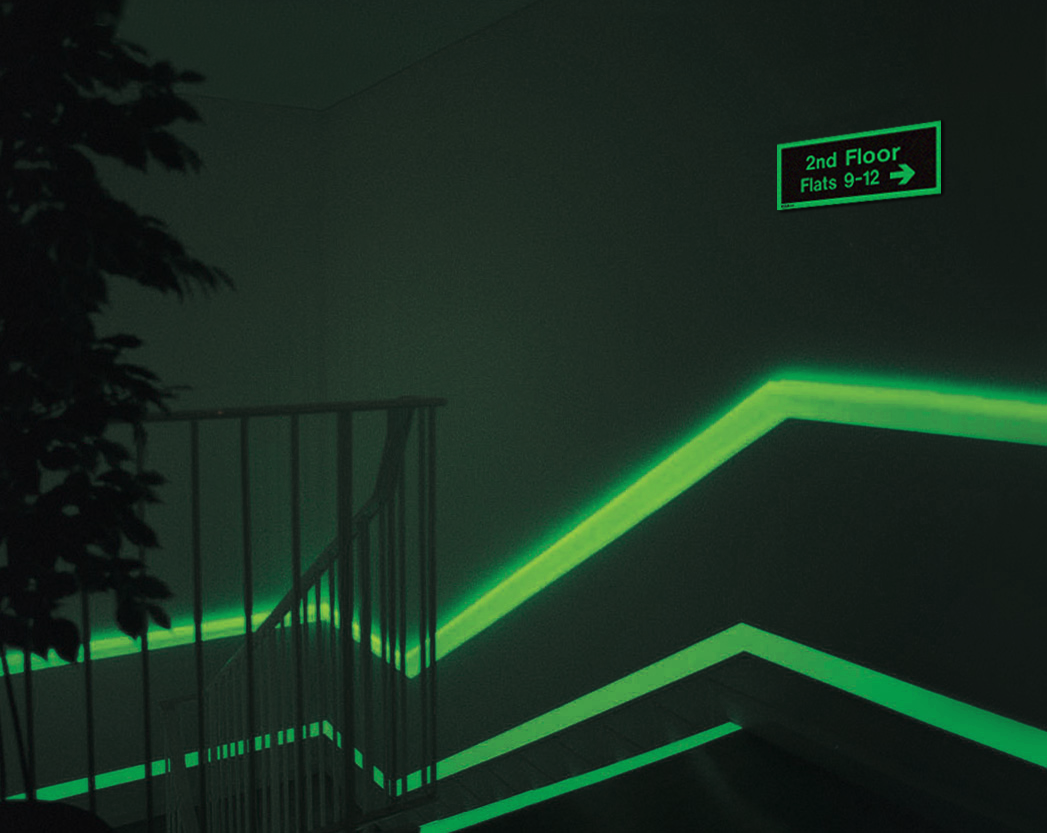|
Wayfinding: Why does it matter?The last few years has seen significant ongoing efforts from the UK government to improve fire safety after the tragedy of Grenfell. These efforts have come in the form of The Fire Safety (England) Regulations 2022, amendments to the Approved Document B, as well as the new fire safety regulations ‘Phase 3’ that came into effect from 1st October. The major steps forward in legislation and guidance for the Fire Safety Industry has rightly shown where our industry needs to improve, including bringing to light the areas of fire safety that are often neglected. One area that is often neglected and pertinent to JALITE is wayfinding signage. Since our beginnings 40 years ago this year, JALITE through in-house research and development, and leadership on committees and associations, have set Industry Standards for fire safety signage. This has made JALITE the go to source for technical information, for our valued distributors and beyond, especially in reference to the new fire safety legislation and guidance. Since the amendments and introduction of legislation and guidance, JALITE have naturally been inundated with enquiries and questions particularly about wayfinding signage. Below, we are going to provide some insight into the following:
What is Wayfinding Signage:Wayfinding signage helps visitors to the building or setting, navigate unfamiliar environments providing visual cues, signage, and other navigational aids. With reference to The Fire Safety (England) Regulations 2022, and Approved Document B, wayfinding signage pertains to helping fire and rescue services navigate unfamiliar environments such as in blocks of flats and high rise residential buildings.
Why is Wayfinding Signage needed:The Grenfell Tower Inquiry saw subsequent recommendations to help fire and rescue services orientate themselves, within blocks of flats during an emergency. The Fire Safety (England) Regulations 2022, and the Approved Document B reference, that wayfinding signage including floor and flat identification signs, be located on every landing of a protected stairway and corridor/lobby. This is of course dependent on the process of formal fire risk assessment. As part of these suggestions, the text and arrows of the floor and flat identifications signs are to be visible in low level lighting such as in fire or power loss situations. JALITE AAA market leading photoluminescent fire safety signage is your solution. This coupled with the Premises Information Boxes minimises the risk of injury, harm or worse, by allowing fire and rescue personnel to efficiently progress through the building, enhancing the life safety for themselves and others during an emergency evacuation. What the Wayfinding means for Responsible PersonsAt JALITE we have always taken a full approach to guidance and recommendations. We focus on the intricacies, using British and International Standards for fire safety signage to inform our technical information, and ensure that we protect people and property to good practice; putting quality at the heart of all we do. There is always more that Responsible Persons and Appointed Persons can do to follow recommendations and guidance to prove competence, with this being recorded consistently. JALITE photoluminescent products are your trusted solution for wayfinding; providing safety way guidance system components i.e., signage, plans, low location lighting etc. to fulfil the following key aspects of wayfinding:
JALITE understand how daunting these amendments and updates can be for all types of Responsible Persons within the Industry. We are always at hand via our UK customer Services team to help you with technical information, to help you grow your business and ultimately keep occupants safe. JALITE are your trusted source for quality information and products. Email us at sales@jalite.com or call us at +44 (0) 1268 242 300 if you need more information. |

